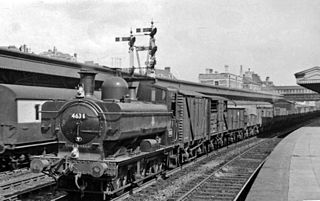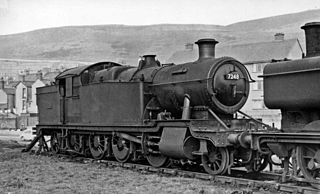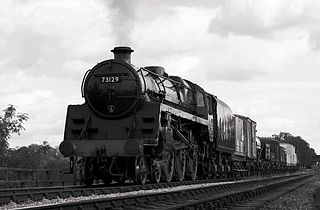| Barry Tourist Railway (formerly Barry Island Railway) | |
|---|---|
 Barry Tourist Railway | |
| Locale | Barry, Vale of Glamorgan, South Wales |
| Terminus | Barry Island Railway Station |
| Commercial operations | |
| Name | Barry Island Branch |
| Built by | Barry Railway Company |
| Original gauge | 4 ft 8+1⁄2 in (1,435 mm) standard gauge |
| Preserved operations | |
| Operated by | 1997–2008 – Vale of Glamorgan Railway Company 2009–present – Cambrian Transport |
| Stations | 5 |
| Length | 2.4 kilometres (1.5 mi) + 0.8 kilometres (0.50 mi) branch |
| Preserved gauge | 4 ft 8+1⁄2 in (1,435 mm) standard gauge |
| Commercial history | |
| Opened | 1885 |
| Closed | Pier station 5 July 1976 |
| Preservation history | |
| 1994 | Vale of Glamorgan Railway Company (VGR) formed |
| 1996 | Butetown Historic Railway Society officially becomes the VGR |
| June 1997 | New base opened at Plymouth Road |
| April 1998 | First operations commenced |
| 2002 | First operations across the Causeway |
| 2005 | New high level line to Woodham Halt opened |
| Sep 2005 | Marketing name changed to Barry Island Railway |
| Aug 2007 | Extension to Gladstone Bridge complete |
| Mar 2008 | First passenger train to Gladstone Bridge |
| Nov 2008 | VoGC ceases VoGRC lease, chooses new operator (Cambrian Transport) by sealed bid process |
| Jan 2009 | December 2009 Cambrian Transport lease starts |
| August 2015 | Railway Gets 1st Owned Operational Steam Locomotive, Susan |
| 2022 | Railway Ceases Operating Trains and Transport for Wales takes over land |
| Website | |
| barrytouristrailway | |

Barry Tourist Railway | |||||||||||||||||||||||||||||||||||||||||||||||||||||||||||||||||||||||||||||||||||
|---|---|---|---|---|---|---|---|---|---|---|---|---|---|---|---|---|---|---|---|---|---|---|---|---|---|---|---|---|---|---|---|---|---|---|---|---|---|---|---|---|---|---|---|---|---|---|---|---|---|---|---|---|---|---|---|---|---|---|---|---|---|---|---|---|---|---|---|---|---|---|---|---|---|---|---|---|---|---|---|---|---|---|---|
| |||||||||||||||||||||||||||||||||||||||||||||||||||||||||||||||||||||||||||||||||||
The Barry Tourist Railway (formerly the Barry Island Railway) is a railway developed to attract visitors to Barry in the Vale of Glamorgan, South Wales. It is a key element of the Barry Rail Centre which also includes engineering and training facilities.
Contents
An unusual aspect of the railway is that for several hundred yards across the Causeway from Barry to Barry Island, the trackbed used is directly alongside the Network Rail track which uses the original up line, with the Barry Tourist Railway using the down line. This continues from Barry to cross the Causeway and 149-yard (136 m) Barry Island viaduct after which the two lines diverge into separate platforms at Barry Island. The Railway does not consider itself a line but more of a network as it has two different routes. This is reflected in the map below, with Network Rail shown in red.
In November 2008, the landowner the Vale of Glamorgan Council, undertook a commercial tender exercise, which terminated the lease of previous operator the Vale of Glamorgan Railway in favour of a private operator, Cambrian Transport, under a 20-year-long lease. [1] Operations commenced in December 2009 and a full year's programme of services operated during 2010. Details are shown on the Council website. [2] Services have been operated by IRIS II DMU (Class 101 twin-set), Class 26 No. 26 038, Class 73s 73 118 & 73 133 with a former Gatwick Express coaching stock set in push-pull mode, Class 20 20 228, Class 08 08 503, 0-6-0 Pannier Tank locomotive No. 9466, Great Western Steam Rail Motor No.93, Metropolitan Tank No.1, Hunslet 0-6-0T Jessie and an 8F tender loco.













